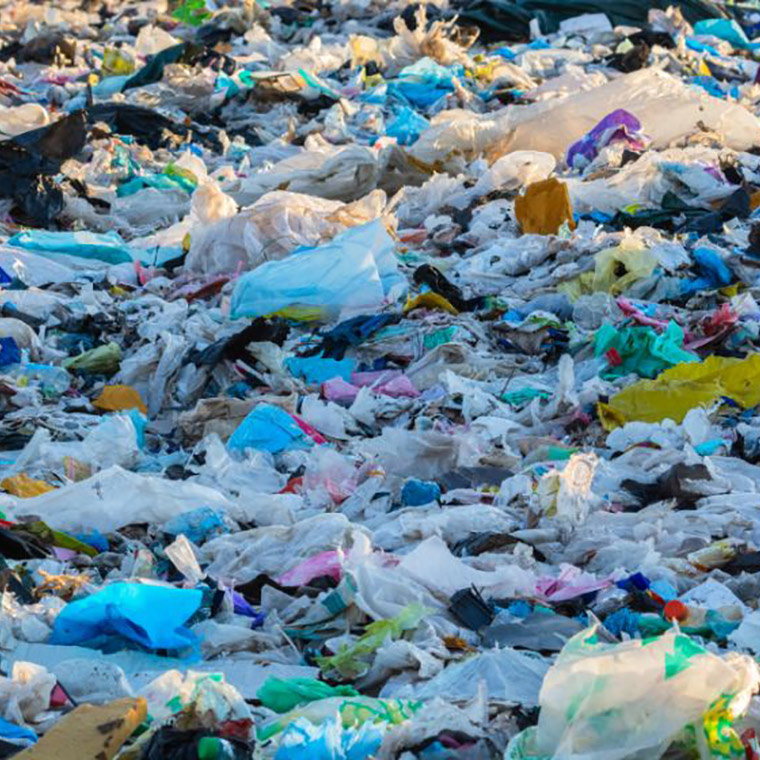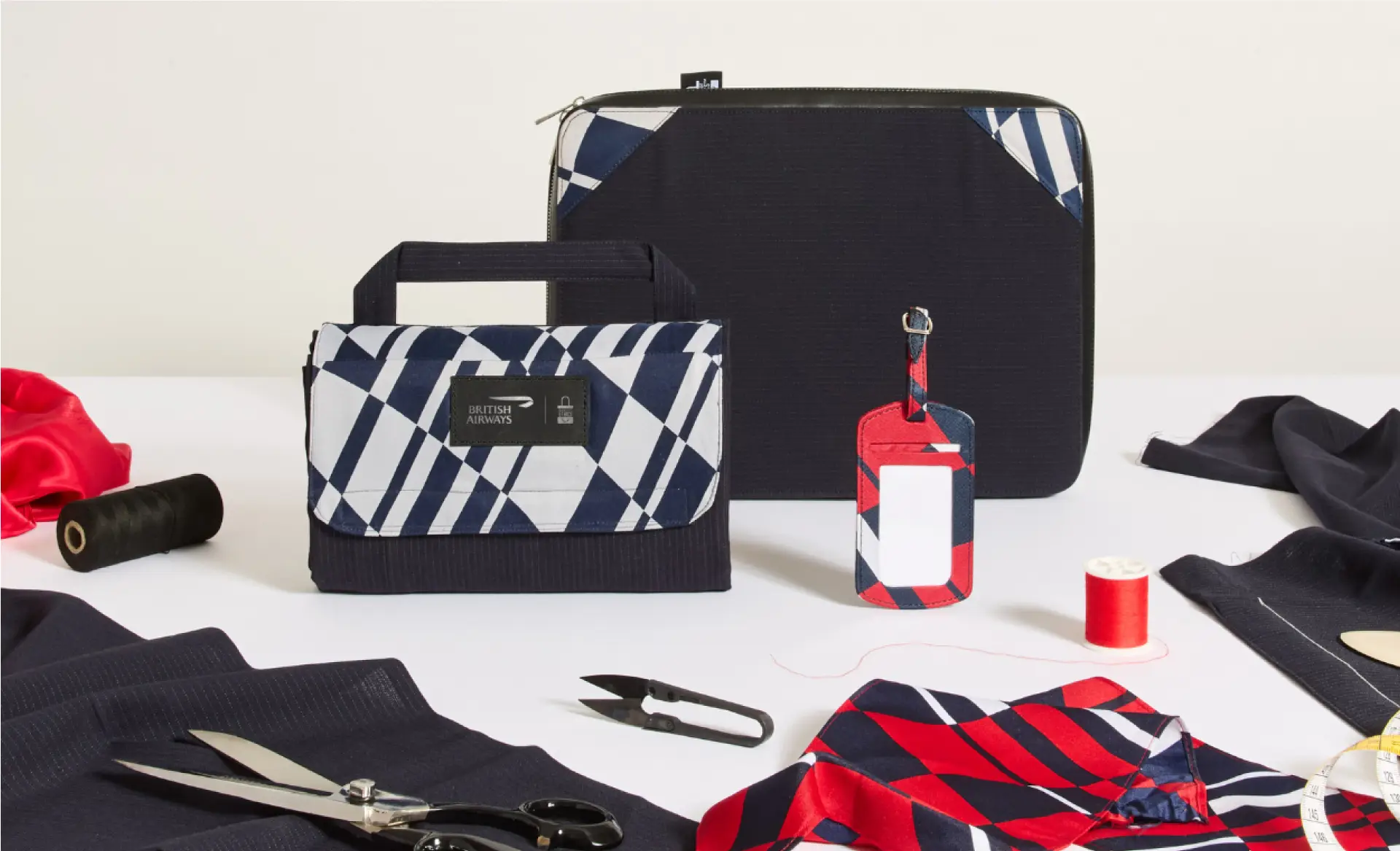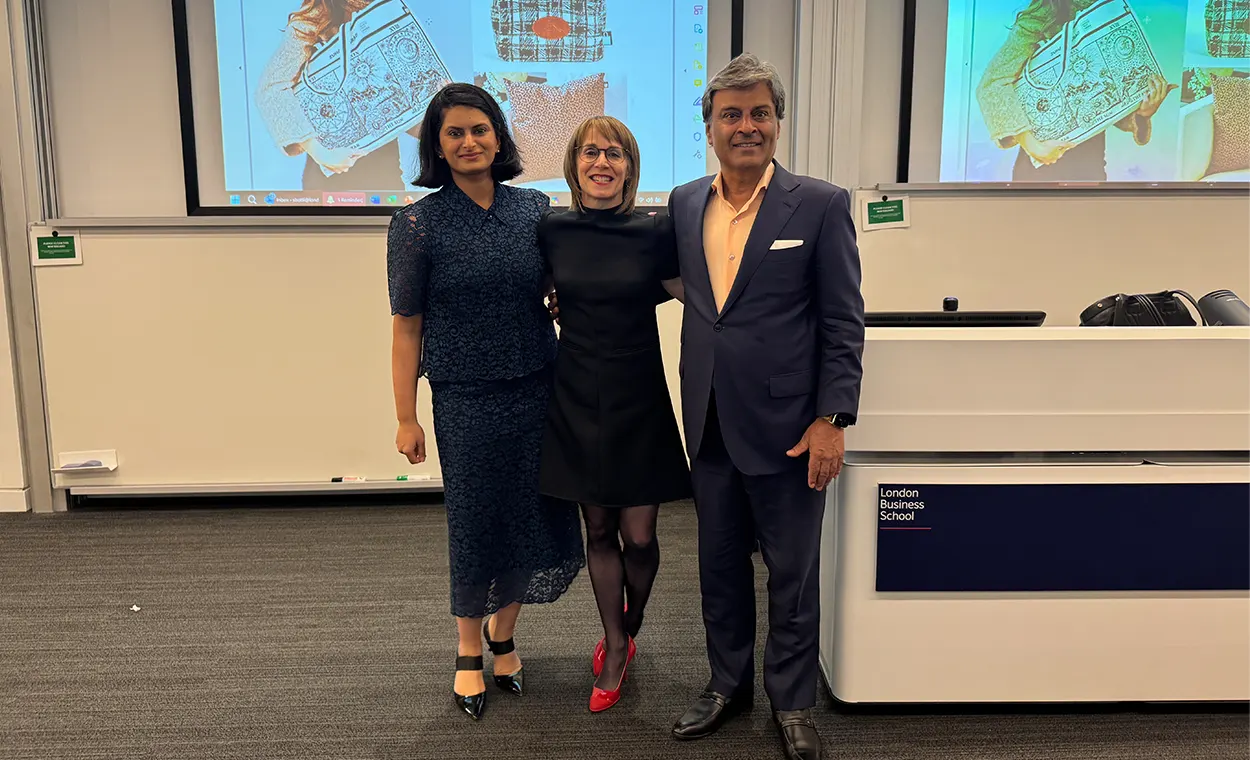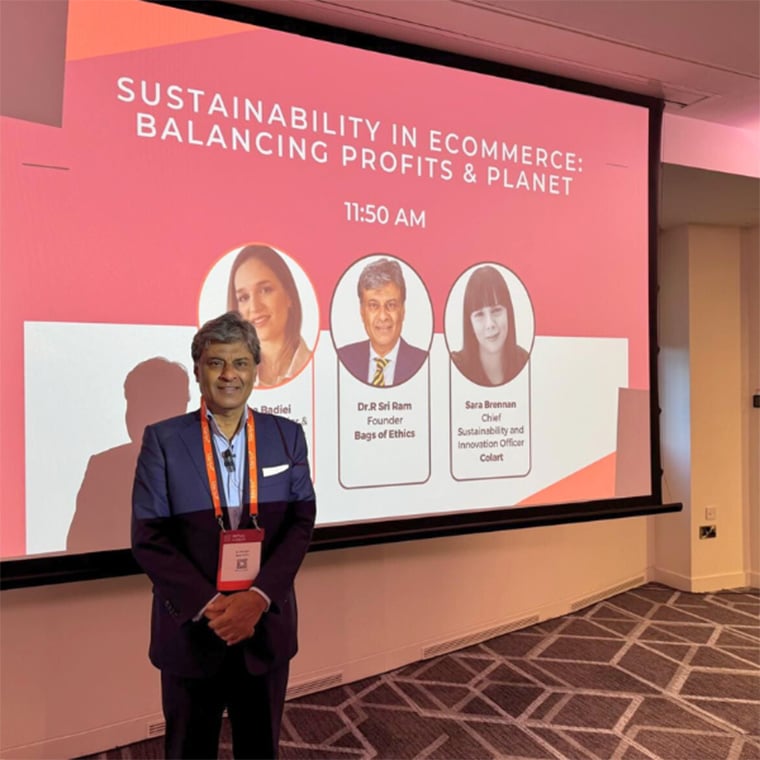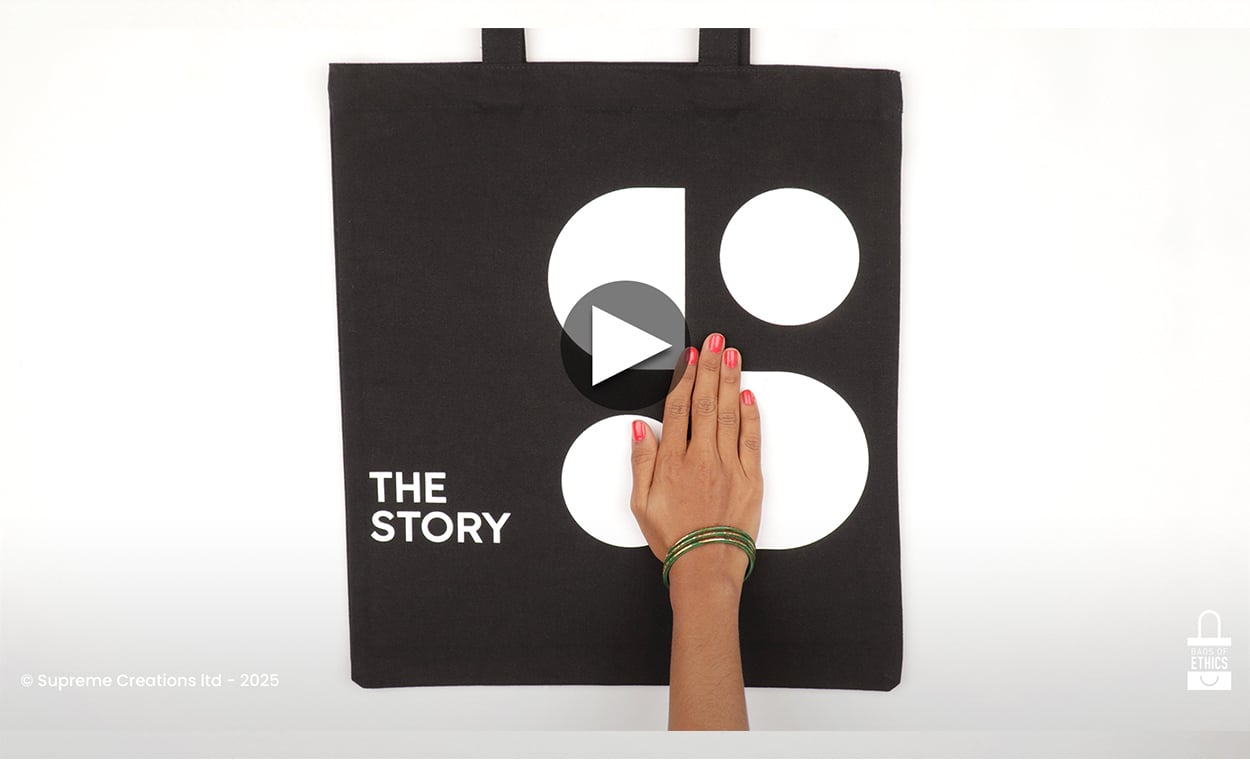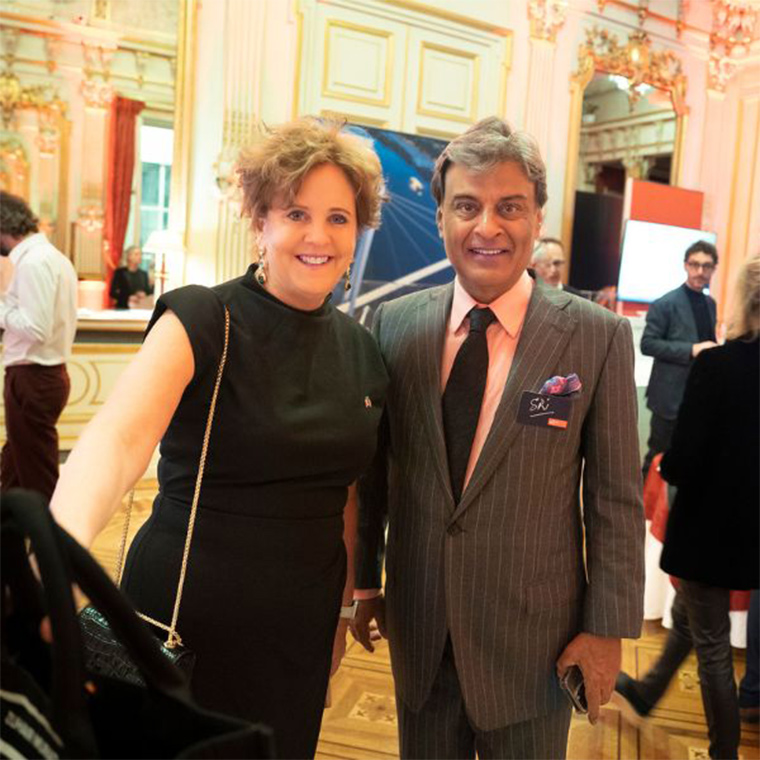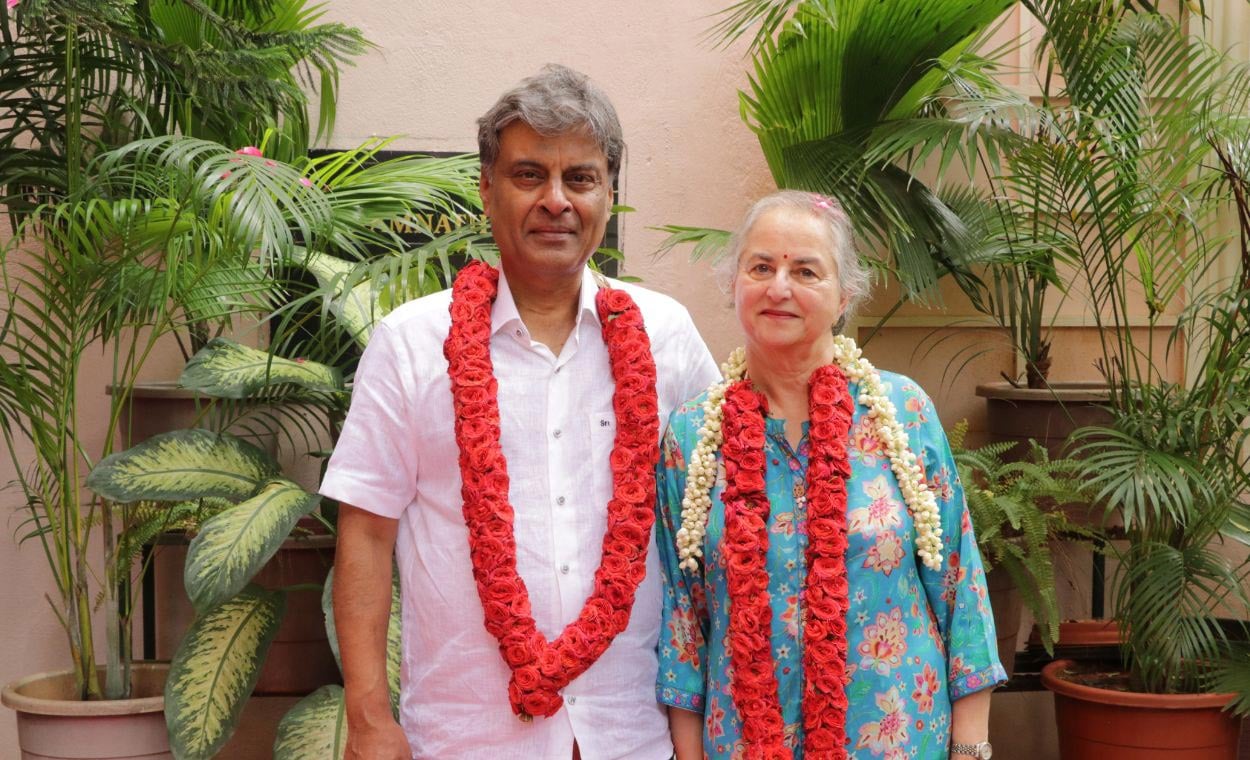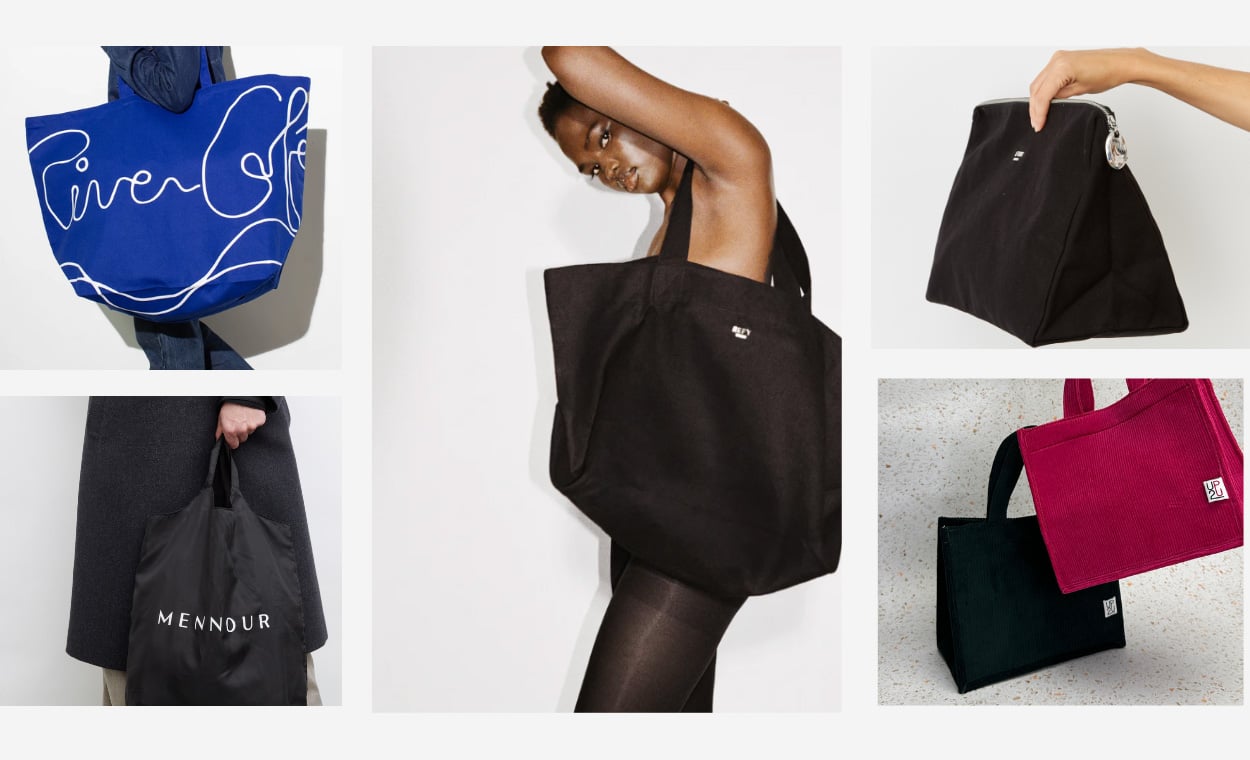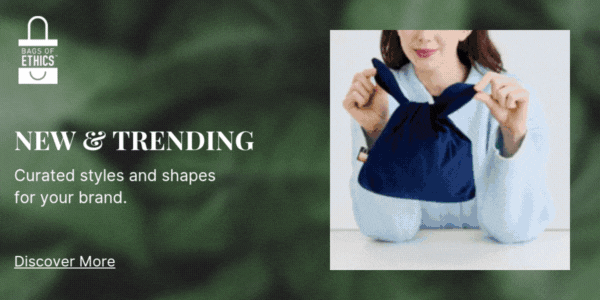Guardian : "Bag for life" article
Recent research has revealed that single-use plastic carrier bags claiming to be “biodegradable” may not be so ecofriendly after all. In fact, some of the experiment’s variables were still able to function as shopping bags after spending 3 years exposed to the elements.
The unprecedented study tested compostable bags, two types of biodegradable bag and conventional carrier bags after spending long periods of time exposed to earth, sea and air.
- The compostable bag seemed to have been the most successful at degrading, and had “completely disappeared after three months” exposed to a marine environment. However further research is needed to examine the breakdown products and their various impacts.
- The compostable bags still hadn’t broken down after 27 months buried in soil but when strength-tested, the bags were unable to hold shopping.
- After spending 3 years buried in soil and submerged in a marine environment, the “biodegradable” bag samples were still intact and able to hold the same weight of shopping as a virgin plastic bag without tearing.
The results of this study suggest that there is no “magic wand solution” to the plastic pollution problem. It could be argued that the solution doesn’t always come from the material; it’s the way it’s used that has the impact. Apart from the obvious exceptions (medicinal etc.), single-use products are flawed by design, and even manufacturing them from sustainable or ecofriendly materials still consumes energy and emits carbon. For them to have such a short useful life is ecologically unsustainable and disrespectful to the resources, labour, time and emissions involved in their production.
A great way of reducing your environmental impact is to really cut down on your consumption of single-use products. Reuse what you have, go to markets with a tote bag or invest in reusable products that can be used in place of single-use bags, packaging, cups and cutlery.








 France
France
 Germany
Germany
 Italy
Italy
 Spain
Spain
 United States
United States
 India
India
